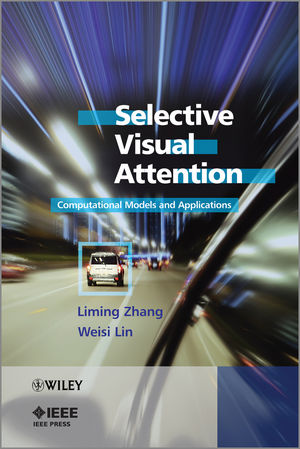Massive availability of real-world 3D visual models (point clouds, meshes, light field, etc) provides a bridge between computer vision and computer graphics which had been 2 largely-separated fields in the past, and is therefore expected to enable more and more impossible missions otherwise...
“Research is seeing what
everybody else has seen and thinking what nobody else has thought.”
-- Albert
Szent-Györgyi
...we are able to build machines that perform significantly better and quicker than many of our organs, like arms and legs; however, when it comes to model our eyes and brain toward human perception, the odyssey proves to be much more difficult.
For Natural Images
Since the invention of the camera in early 19th century, naturally-captured images by cameras have been the dominant mass of visual signals.
Authored book
Edited book
Fine-Grained (FG) IQA
A
long-ignored problem
in IQA: the coarse-grained (i.e., when quality variation is
sufficiently big, as the setting of most IQA databases up to
date) statistical results evaluated on existing databases mask the
fine-grained differentiation...
For Partially-Artificial (-Generated) Images (PAIs) ( link ) ( more info )
With recent rapid technological advancement of
visual computing and networking, there have been increasing
applications & services making use of computer partially generated images, or PAIs: screen content images (SCIs), retargeted images (RTIs), images/videos as a result of DIBR (depth-image-based rendering), style transfer, super-resolution (SR), computational
photography (stitched panoramic images (SPIs), HDR (high dynamic range)), augmented images for machine-training, etc.
IQA for many types of PAIs is with no-reference (no full-reference) by nature, but we may turn it into a full-reference one in some cases, e.g., RTIs.
With the rapid progress of generative AI, we are expecting to have more and more model genearted visual signals...
I n general, IQA needs to consider both technical and aesthetic aspects. The former (as most of the work above) assesses the effects due to imaging, processing, transmission, etc., and therfore technical quality can be improved with advancement of technology and availablity of more resources. However, the latter is related with a long-lasting fundamental question (i.e., what is beauty) for philosphy, psychology, art, and many other disciplines, and with computational modeling of knowledge and big data, it is hoped that we can understand how visual beauty is appreciated by a population and even an individual.
Editorials
To be noticeable, or not to be noticeable: that is the question.
Since William James' time, the effort to understand and model human attention continues.
An inception network with dilated kernels to address both multi-scales & computational efficiency in saliency prediction
Authored book

Cross-modality Saliency Modeling
This book fills the gap of the basic VA theory and real-world applications (e.g., image retrieval, compression, retargeting, recognition, compressive sensing, IQA, and robotics), and provides a thorough and systematic coverage, backed by the intensive research by the authors and the teams they led during the 15 years before the publication.
More and more images and videos are being used for various machine intelligence tasks without human interference in the AI Era...
We are making every bit and operation count, and count for users.
Edited book
Editorials
Reduction of NN size without jeopardizing performance leads to environmentally friendly computing, in terms of energy consumption, battery life, device size, material used, processing speed, and so on,